The Olmecs flourished on the Gulf Coast, creating works in stone and jade that had a profound influence on later cultures.
c. 1200–400 B.C.E.
The Olmecs flourished on the Gulf Coast, creating works in stone and jade that had a profound influence on later cultures.
c. 1200–400 B.C.E.
We're adding new content all the time!
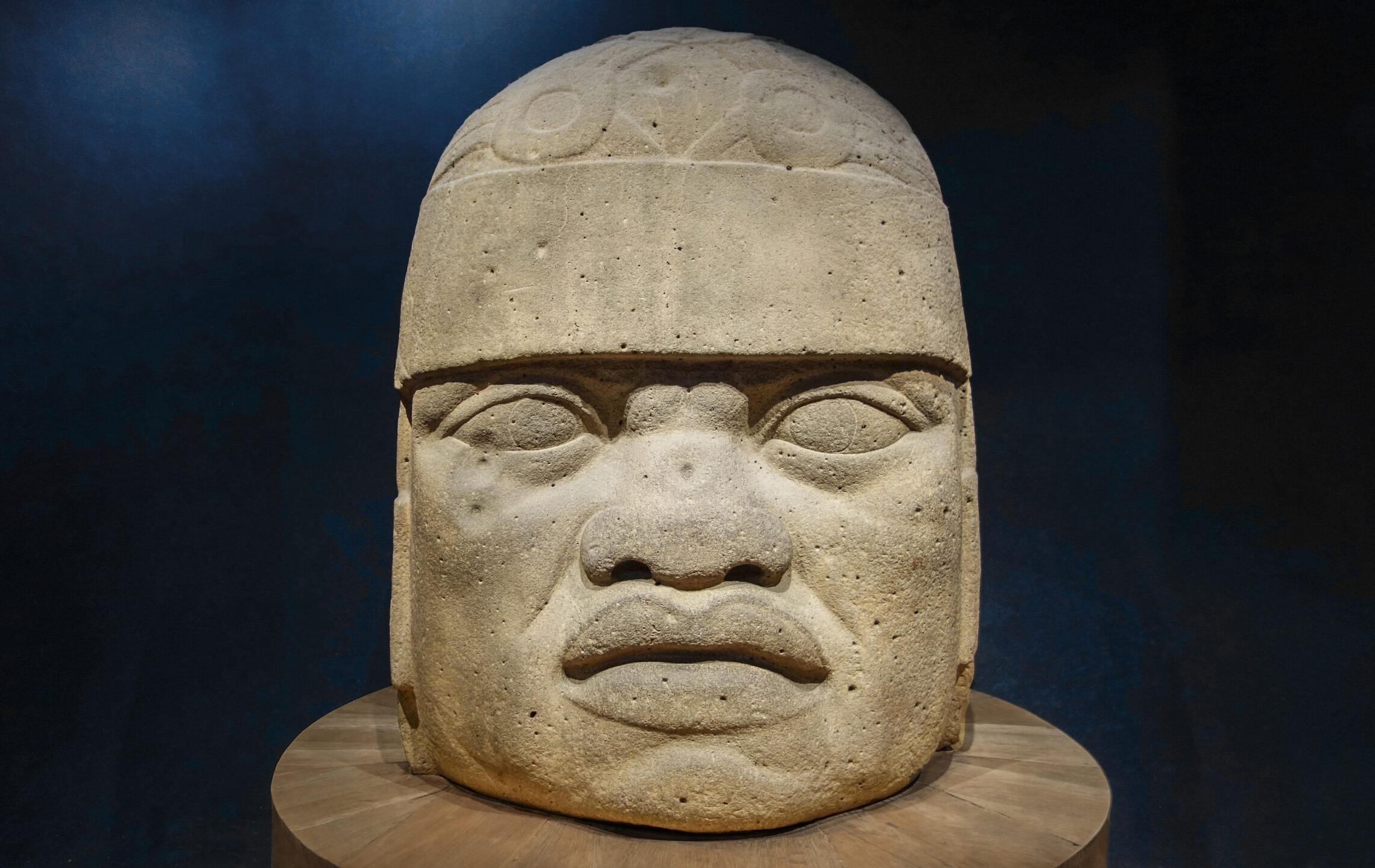
Carved in the likeness of faces, these megaliths reveal the importance of the head in Olmec culture.
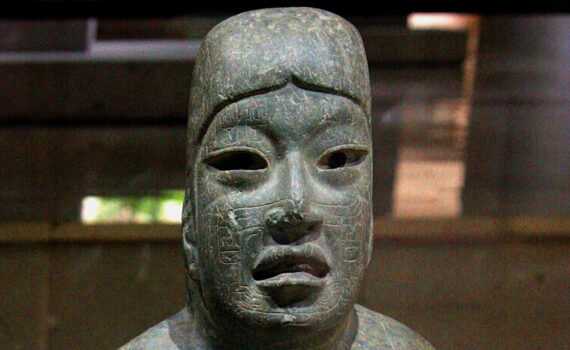
Incised symbols on the Lord of Las Limas hint at the spiritual significance of this ancient Olmec sculpture.
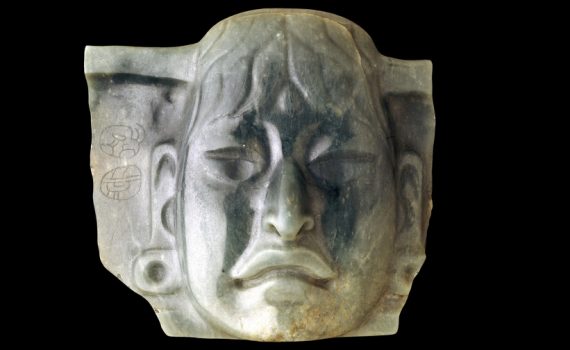
Jade was a prized material for the Olmec, and their carving has been found throughout Mesoamerica and beyond.
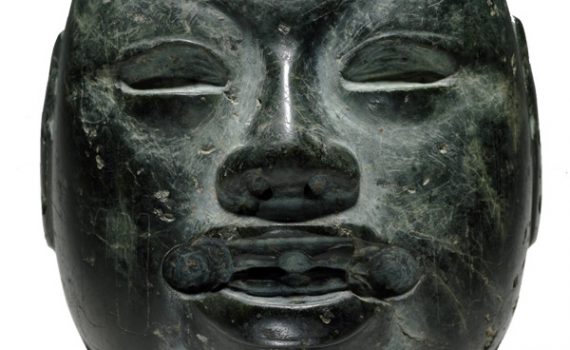
Dress for the job you want, not the one you have: could this mask pendant turn its wearer into a god?
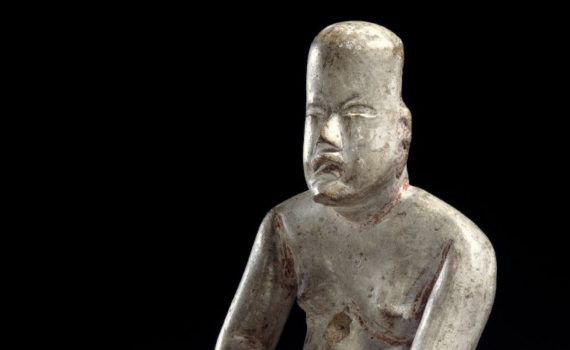
Olmec figurines are known for their baby faces, as well as a mixture of feline and human traits.
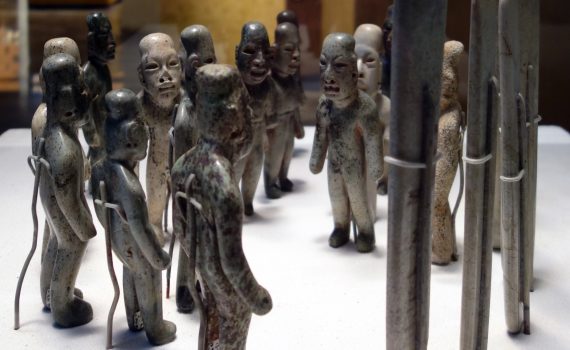
These seventeen baby-faced figures may have represented a priestly ritual, a sacrifice, or a procession.
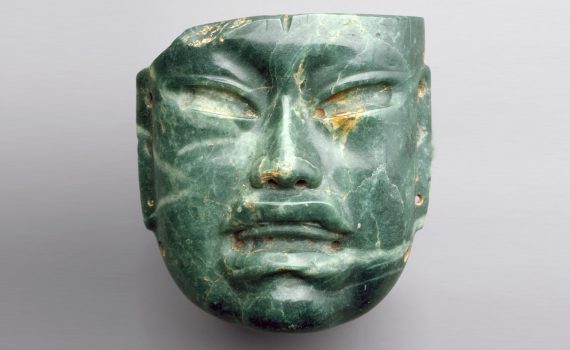
This face has a naturalistic quality to its skin, but its mouth gives us pause—what does it mean?
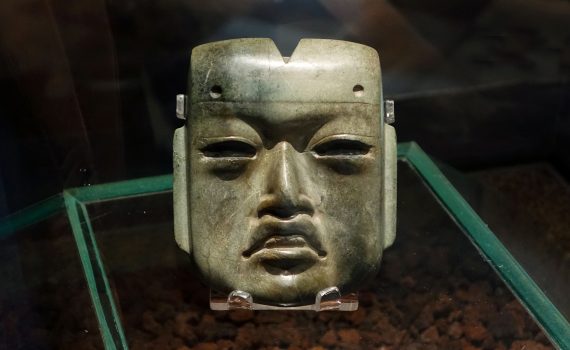
This was buried in an offering at an Aztec temple, some 1500 years later and far from where it was made.